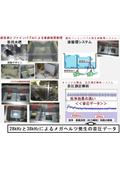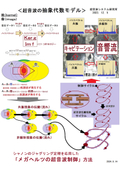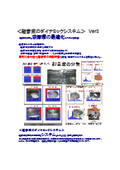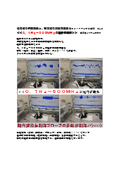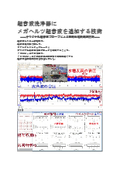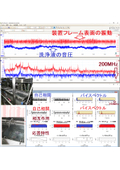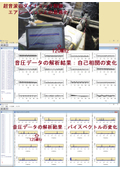Classification of Ultrasonic Propagation Phenomena - Optimization Techniques for Cavitation and Acoustic Flow/Surface Elastic Waves Based on Acoustic Pressure Measurement Analysis.
The Ultrasonic System Research Institute has developed a classification method for the phenomenon of ultrasonic vibrations propagation through the measurement and analysis of ultrasonic propagation states.
This classification method estimates linear and nonlinear resonance effects based on the dynamic characteristics (changes in nonlinear phenomena) of the main frequency (power spectrum) related to the ultrasonic propagation state.
From previous data analysis, we have been able to categorize effective utilization methods into the following four types:
1: Linear type
2: Nonlinear type
3: Mixed type
4: Variable type
Furthermore, the variable type can be further classified into the following three types:
1: Linear variable type
2: Nonlinear variable type
3: Mixed variable type (dynamic variable type)
There are numerous successful cases regarding the application of ultrasonic technology based on the development of devices, control settings, and inspections based on the above types.
In particular, regarding stability and changes, detailed classification by frequency components has made it possible to efficiently set and adjust various conditions for the intended purpose and effect.


Inquiry about this news
Contact Us OnlineMore Details & Registration
Details & Registration
Related Documents
Related Links
Classification of ultrasonic propagation phenomena (Variable Type)
1: Linear Variable Type
2: Non-linear Variable Type
3: Mixed Variable Type (Dynamic Variable Type)
Category of Monoids
Classification of Ultrasonic Propagation Phenomena 1
Classification of Ultrasonic Propagation Phenomena 2
Classification of Ultrasonic Propagation Phenomena 3
Non-linear Propagation Control Technology Using Ultrasonic Probes
Related product
Related catalog(20)

